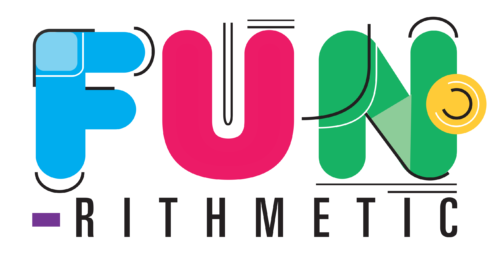Implementing effective mathematical practices in high school is crucial for promoting deeper understanding, critical thinking, and problem-solving skills among students. Here are some of the best practices in high school mathematics education:

- Focus on Conceptual Understanding: Encourage students to develop a deep understanding of mathematical concepts rather than memorizing procedures. Use visual aids, manipulatives, and real-world examples to help students make connections and see the relevance of what they’re learning. Some of the best web sites for these aids include the National Library of Virtual Manipulatives, Desmos, Geogebra, and Math Playground.
- Promote Problem-Solving Skills: Emphasize problem-solving strategies and provide students with opportunities to solve a variety of challenging problems. Encourage them to approach problems systematically, make conjectures, and justify their reasoning. Incorporate brain breaks into learning to keep students’ skills fresh!
- Encourage Mathematical Discourse: Create a classroom environment where students feel comfortable discussing mathematical ideas, asking questions, and sharing their thinking. Incorporate activities such as group work, peer collaboration, and math discussions to foster mathematical discourse.
- Differentiate Instruction: Recognize and address the diverse needs and learning styles of students by differentiating instruction. Offer a variety of instructional approaches, resources, and tasks to support student engagement and success.
- Integrate Technology: Utilize technology tools and resources to enhance mathematical learning experiences. Platforms like graphing calculators, dynamic geometry software, and online simulations can help students visualize concepts, explore mathematical relationships, and solve problems more efficiently.
- Connect Mathematics to the Real World: Help students see the practical applications of mathematics in everyday life, as well as in various fields such as science, engineering, finance, and technology. Incorporate real-world contexts and problems into lessons to make mathematics more meaningful and relevant.
- Provide Timely Feedback: Offer constructive and timely feedback on student work to guide their learning and development. Provide opportunities for self-assessment, peer feedback, and reflection to help students monitor their progress and identify areas for improvement.
- Model Mathematical Thinking: Demonstrate problem-solving strategies, mathematical reasoning, and critical thinking skills through explicit modeling. Think aloud as you work through problems, highlighting the thought processes and strategies used.
- Scaffold Learning: Break down complex concepts and tasks into smaller, more manageable steps. Provide scaffolds such as guided practice, graphic organizers, and structured problem-solving frameworks to support students as they work toward mastery.
- Emphasize Mathematical Reasoning: Encourage students to justify their solutions, make conjectures, and engage in mathematical argumentation. Teach them to critique the reasoning of others and construct logical arguments supported by evidence.
By incorporating these best practices into high school mathematics instruction, educators can help students develop a deep understanding of mathematical concepts, cultivate critical thinking skills, and become confident problem solvers.
